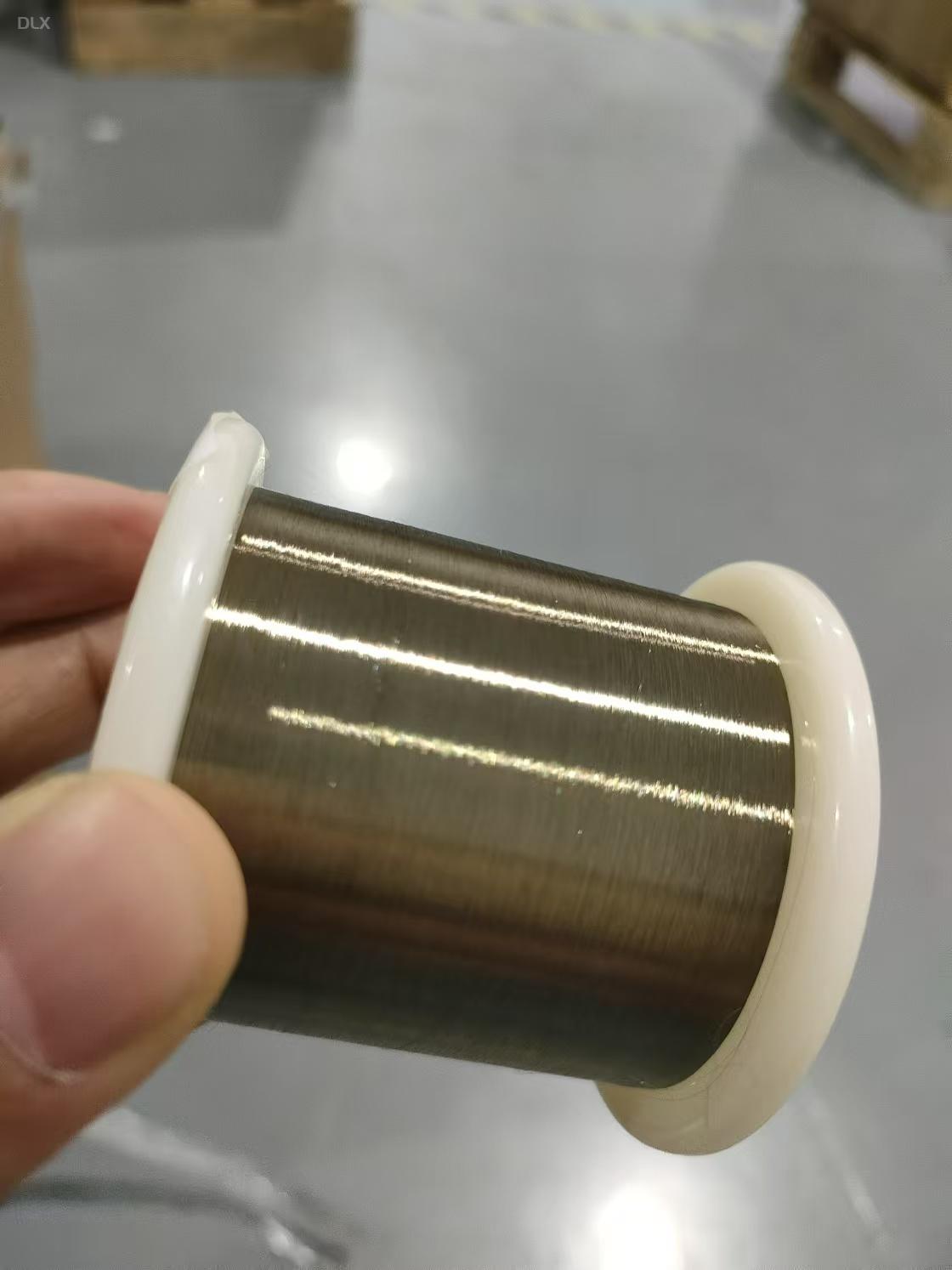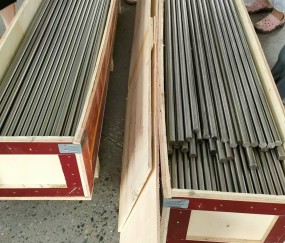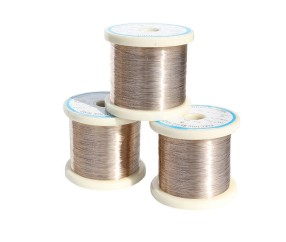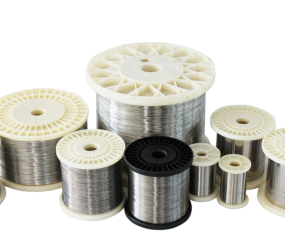
How to Caculate the Nichrome80 Temperature
- Product Details

We’re super stoked about our Nichrome 80 wire, a go-to for high-temperature applications, and we’re here to break down how to calculate its temperature when it’s powering your heating systems. This wire, with its awesome properties, is a staple in industries needing reliable heat, and knowing its temperature is key to getting the most out of it.
Nichrome 80, made of 80% nickel and 20% chromium, can handle temperatures up to 1200°C without breaking a sweat. Its oxidation resistance is killer, forming a protective layer that keeps corrosion at bay, even in tough environments like furnaces or kilns. With a tensile strength of about 650 MPa and a steady electrical resistivity of 1.09 µΩ·m, it’s durable and delivers consistent heat. The thermal conductivity, around 15 W/mK, ensures efficient heat transfer, making it perfect for everything from industrial heaters to small appliances.
Calculating the temperature of Nichrome 80 wire is all about understanding the heat it generates and loses. The basic idea is to balance the electrical power input (Q = I²R, where I is current and R is resistance) with heat loss through convection, radiation, and conduction. You’ll need the wire’s resistance (based on its resistivity, length, and cross-sectional area), the current flowing through it, and the ambient conditions. For a rough estimate, use the formula: T = T₀ + (I²R / hA), where T₀ is ambient temperature, h is the heat transfer coefficient, and A is the wire’s surface area. For precision, factor in radiation losses using the Stefan-Boltzmann law. It’s a bit of math, but it gets you a solid estimate of the wire’s operating temperature.
The industry in 2025 is leaning hard into precision and sustainability, and Nichrome 80 is right on trend. There’s big demand for materials that deliver consistent heat while lasting forever, especially in manufacturing, aerospace, and electronics. Being 100% recyclable, it’s a win for eco-conscious production. As automated heating systems grow, this wire’s stable resistivity makes it a top pick for precise temperature control.
Sure, FeCrAl alloys like Kanthal A-1 can push higher temperatures, but Nichrome 80’s corrosion resistance and formability make it a favorite for most high-heat applications. Just avoid extreme reducing atmospheres, though it handles most conditions like a pro.
From industrial furnaces to toaster ovens, our Nichrome 80 wire delivers the heat and reliability you need, and with a quick temperature calculation, you can optimize it for any setup.

The provided title, "How to Calculate the Nichrome80 Temperature," suggests a focus on a process or methodology rather than a specific product. However, based on the pattern of your previous requests, it seems you intended to focus on a Nichrome 80 (Cr20Ni80) product, likely a wire, with an emphasis on its temperature-related properties or applications. Since the title implies a calculation process, I’ll interpret this as a request to analyze Nichrome 80 wire, its material properties, applications, and industry trends, while addressing temperature calculation in the article. If you meant something else, please clarify, and I can adjust the response.
Advantages of Nichrome 80 (Cr20Ni80) Wire
High temperature stability
Excellent oxidation resistance
Consistent electrical resistivity
Long-lasting durability
Versatile for heating applications
FAQs
Why is Nichrome 80 wire used for high-temperature applications?
Its ability to withstand heat and resist oxidation makes it ideal for reliable heating elements.
How do you calculate the temperature of Nichrome 80 wire?
Use the wire’s resistivity, current, and heat dissipation factors in a heat balance equation, like Q = I²R.
Can Nichrome 80 handle continuous high heat?
Yup, it’s stable up to 1200°C in most heating setups.
Is Nichrome 80 corrosion-resistant?
Totally, it forms a protective oxide layer to fight corrosion in harsh environments.
What’s the benefit of its consistent resistivity?
It ensures steady heat output, critical for precise temperature control.
Is Nichrome 80 wire recyclable?
100% recyclable, aligning with eco-friendly manufacturing trends.
Can it be used in precision heating systems?
Absolutely, its stable properties make it perfect for controlled heating applications.
Is Nichrome 80 cost-effective for industrial use?
Yes, it balances high performance with reasonable cost for heating solutions.






